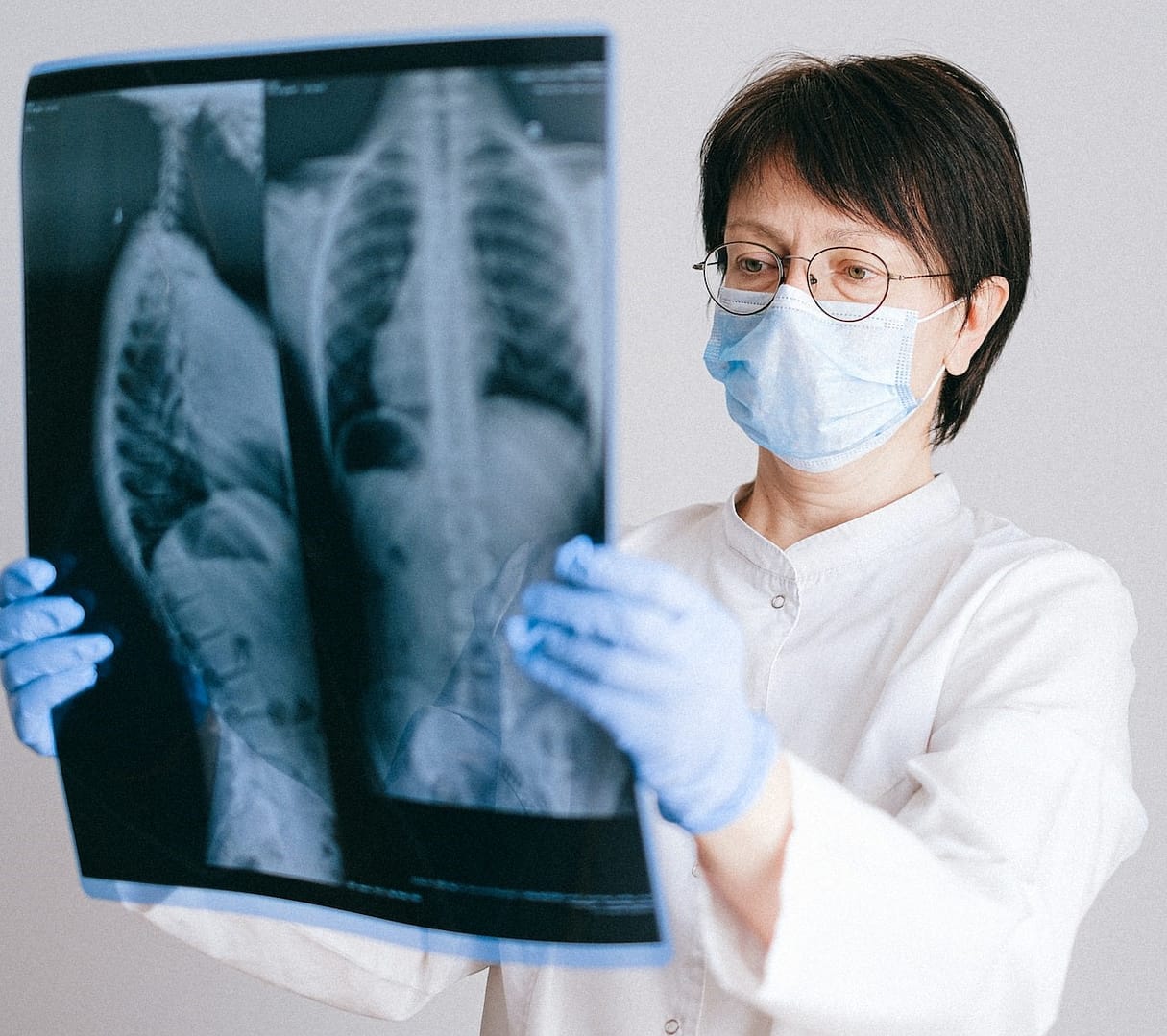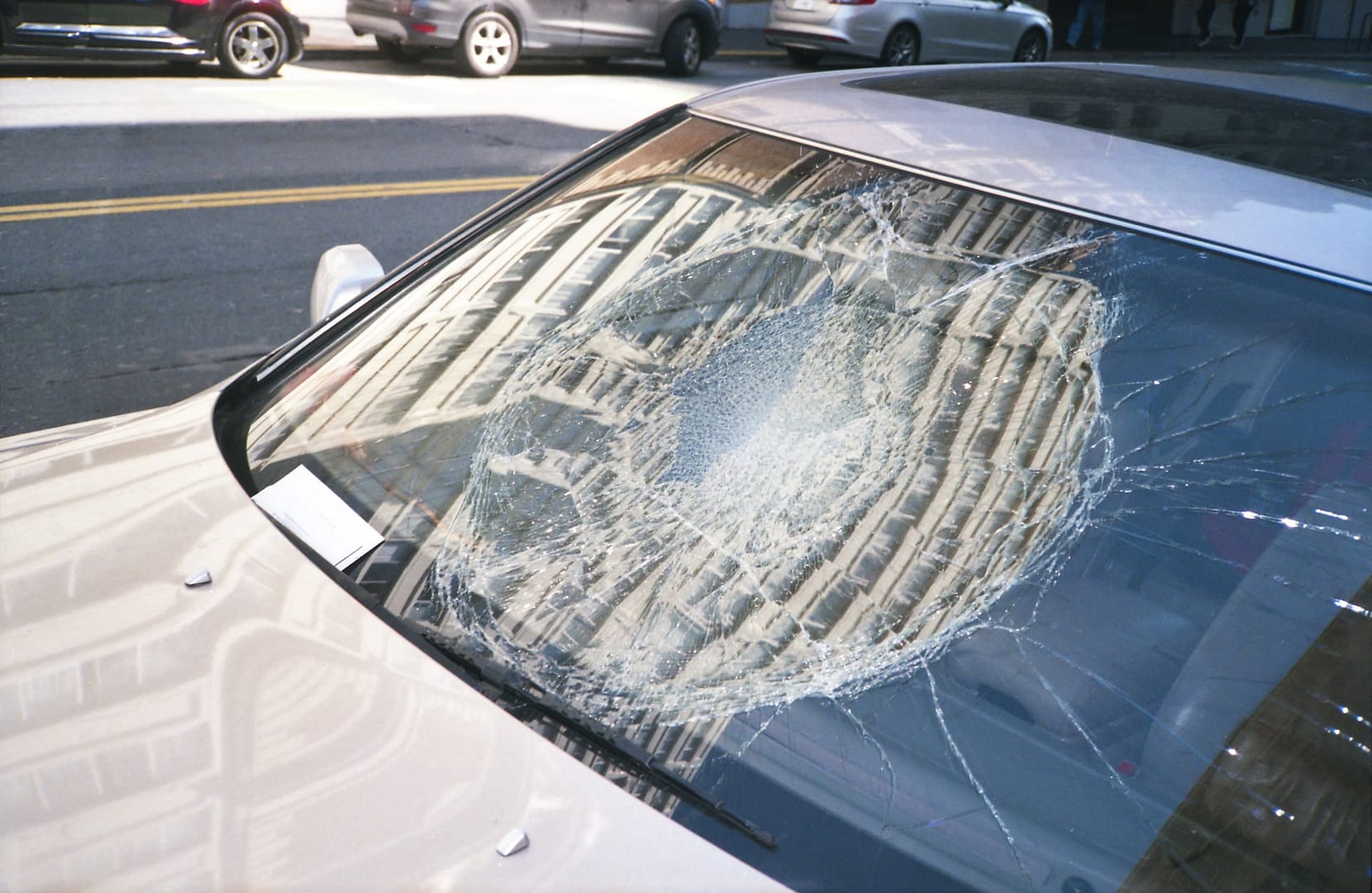Spinal Cord Injuries (SCI) can be life-altering, impacting an individual’s mobility, sensation, and overall quality of life. The key to effectively managing SCI and improving outcomes lies in accurate and timely diagnosis. In this article, we’ll delve into the world of spinal cord injury diagnosis, exploring the common techniques employed by healthcare professionals and shedding light on the best diagnostic tests available. We will also explore your options when making a serious injury claim.
Understanding the Importance of Accurate Diagnosis
Before we delve into the various techniques used for diagnosing spinal cord injuries, let’s first grasp the significance of an accurate diagnosis in this context. Imagine a scenario where someone sustains a spinal cord injury but is misdiagnosed or diagnosed late. The consequences can be severe and irreversible.
Without proper diagnosis, essential treatments and interventions may be delayed, leading to potential complications and prolonged suffering for the individual. Accurate diagnosis, on the other hand, allows for timely medical interventions, rehabilitation strategies, and emotional support, all of which play a crucial role in the recovery process.
Now that we understand the gravity of the situation, let’s explore the techniques and tests that healthcare professionals use to diagnose spinal cord injuries accurately.
Clinical Assessment
The journey towards an accurate SCI diagnosis often begins with a thorough clinical assessment. This initial evaluation is typically conducted by a physician, orthopaedic specialist, or neurologist and involves a detailed examination of the patient’s medical history, symptoms, and physical condition.
Physician-led Evaluation Process In Clinical Assessment
The patient’s history is essential, as it provides insights into the circumstances leading to the injury.
A physical examination helps identify neurological deficits, such as loss of sensation or motor function.
Clinical assessments help categorise the injury as complete or incomplete, which guides treatment decisions.
Gathering Medical History and Symptom Analysis
While clinical assessments provide valuable insights, imaging techniques are indispensable when it comes to diagnosing spinal cord injuries definitively. There are two primary imaging modalities employed for this purpose:
Magnetic Resonance Imaging (MRI)
Magnetic Resonance Imaging, or MRI, is a powerful tool in the diagnosis of SCI. It uses magnetic fields and radio waves to create detailed images of the spinal cord and surrounding structures. The high-resolution images produced by MRI allow healthcare professionals to pinpoint the location and extent of the injury accurately.
Visualization of Soft Tissues Using Magnetic Resonance Imaging (MRI)
MRI is non-invasive and does not involve radiation exposure.
It provides clear visualisation of soft tissues, making it ideal for spinal cord assessment.
MRI helps identify spinal cord compression, herniated discs, and other structural abnormalities.
Computed Tomography (CT) Scan
In some cases, especially when immediate imaging is required, a Computed Tomography or CT scan may be performed. CT scans use X-rays to create cross-sectional images of the body, including the spinal cord and vertebrae.
Detection of Bone Injuries
CT scans are faster than MRI and can be crucial in emergency situations.
They are excellent at detecting fractures, dislocations, and bone-related injuries.
CT scans may be followed by an MRI for a more comprehensive assessment.
Electrophysiological Testing
Electrophysiological testing plays a vital role in evaluating the function of the spinal cord and identifying any abnormalities in nerve conduction. Two primary tests are commonly used for this purpose:
Electromyography (EMG)
EMG involves the placement of tiny electrodes into the muscles of the limbs. It measures electrical activity in these muscles, helping determine the presence and extent of nerve damage. EMG can be particularly useful in identifying the level of the spinal cord injury.
Function and Application Of Electromyography (EMG):
EMG is valuable for assessing peripheral nerve function.
It helps differentiate between upper and lower motor neuron injuries.
EMG findings can guide treatment and rehabilitation planning.
Somatosensory Evoked Potentials (SSEPs)
SSEPs are tests that evaluate the function of sensory pathways within the spinal cord. During the test, electrodes are placed on the patient’s skin, and electrical signals are sent to specific nerves. The responses generated by these signals provide insights into the integrity of sensory pathways.
Monitoring Spinal Cord Function
SSEPs are helpful in assessing sensory deficits and the extent of spinal cord involvement.
They are often used to monitor changes in spinal cord function over time.
SSEPs can assist in predicting potential recovery of sensory function.
Cerebrospinal Fluid Analysis
In some cases, healthcare professionals may perform a cerebrospinal fluid (CSF) analysis to rule out other potential causes of neurological symptoms. A lumbar puncture, also known as a spinal tap, is conducted to collect CSF from the subarachnoid space. Analysis of the CSF can help identify infections, bleeding, or other conditions that may mimic the symptoms of a spinal cord injury.
Key Points:
CSF analysis is typically used when there is uncertainty about the diagnosis.
It can rule out conditions such as infections, multiple sclerosis, or bleeding within the central nervous system.
While not a primary diagnostic tool for SCI, CSF analysis can aid in the diagnostic process.
Making a Serious Injury Claim with National Claims
At National Claims, we understand the immense physical, emotional, and financial toll that spinal cord injuries can take on individuals and their families. Our mission is to provide support and guidance to those who have suffered from SCI, helping them navigate the challenging path towards recovery and justice.
Understanding Your Rights
If you or a loved one has sustained a spinal cord injury due to the negligence or wrongful actions of others, you may have the right to seek compensation through a personal injury claim. National Claims specialises in handling serious injury claims, including those related to spinal cord injuries.
The Claims Process
Initiating a personal injury claim can be a complex endeavour, but our team of experienced professionals is here to guide you every step of the way. Here’s a brief overview of the claims process when working with National Claims:
Free Consultation
The journey begins with a free consultation. During this initial meeting, our dedicated legal experts will listen to your story, assess the details of your case, and provide you with a clear understanding of your rights and potential options.
Thorough Investigation
Once we take on your case, we conduct a thorough investigation to gather evidence and establish liability. This often involves collecting medical records, witness statements, and any other pertinent information that can strengthen your claim.
Compassionate Support
Throughout the entire process, National Claims provides compassionate support to you and your family. We understand the emotional toll that a spinal cord injury can have, and we are here to offer guidance and assistance beyond the legal aspects of your case.

Conclusion
Accurate diagnosis is the cornerstone of effective treatment and rehabilitation for spinal cord injuries. Through a combination of clinical assessment, imaging techniques, electrophysiological testing, and, when necessary, cerebrospinal fluid analysis, healthcare professionals can provide individuals with the timely care they need.
By understanding the common techniques used in SCI diagnosis, we empower ourselves to advocate for our health and the health of our loved ones. Whether it’s a clinical evaluation by a skilled physician or the precision of an MRI machine, these techniques pave the way for early intervention and, ultimately, improved outcomes for those facing the challenges of spinal cord injuries.
If you or someone you know has suffered a spinal cord injury due to the negligence of others, National Claims is here to support you on your journey to justice and recovery. Our dedicated team of professionals is committed to helping you navigate the legal process and secure the compensation you deserve. Remember, you are not alone in this journey, and we are here to stand by your side.
Contact us today to get a start on your claim and find out more about how we deal with serious injuries at National Claims.
Click below to see why we are one of the most trusted claims management companies in the UK.

We’re proud of our excellent customer reviews
We thrive on delivering exceptional service and ensuring our clients’ satisfaction. Don’t just take our word for it. Check out some of our independent reviews to see what our clients have to say.
Excellent

This firm is excellent, they sorted out my car pay out and injury claim very fast, they always communicate with you all the time.

My accident case was dealt with confidence and with great result of the outcome, especially James kept me informed all the time.

I was very impressed at the way my inquiry was treated. I was listened to attentively and everything I needed to know was explained to me.






